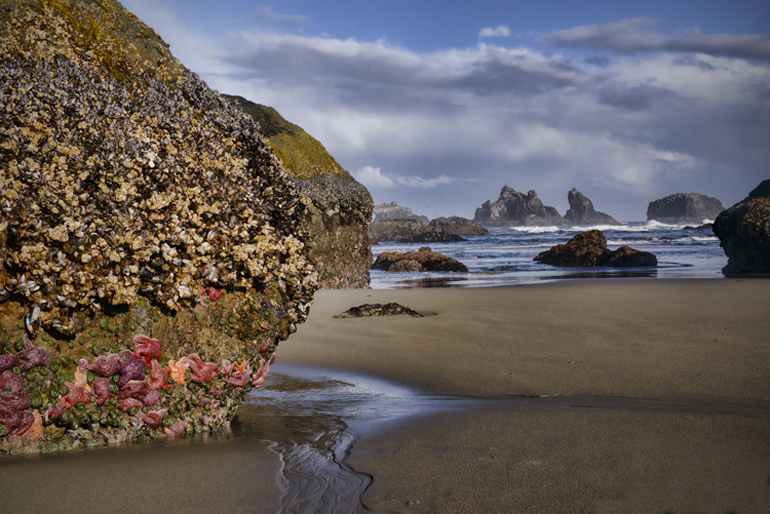
The supreme
reality of our time is the vulnerablility of this planet.
President
John F. Kennedy
"By excessive breeding and abuse of the land mankind has backed itself into an ecological trap. With a lopsided use of applied science it has been living on a promissory note." Thus ranted William Vogt in Road to Survival, in 1948, a generation before Rachel Carson would become a household name.
At the beginning of the Sixties birds in midair occasionally fell out of the sky. Literally dropped dead. At first no one had a clue. Then in 1962 came the bombshell. Rachel Carson's Silent Spring was published to public and critical acclaim and chemical industry brickbats. In her book the shy scientist explained how toxic chemicals, the "elixir of death" as she called them, moved through a food chain with disastrous consequences. "For the first time in the history of the world every human being is in contact with dangerous chemicals," she wrote. She might have added birds to the list.
And she would preach, but to a Congress beholden to the chemical industry. Even as she was pleading her case the U.S. was drowning in a chemical quagmire that would one day lead to Love Canal and Times Beach et al. From Agent Orange to defoliate Vietnam, to pesticides, fungicides, and all the rest. Add weapons of mass destruction to the list and Vogt's earlier prediction, that man was hell-bent to self-destruct, seemed only obvious.
Silent Spring is credited with launching the modern environmental movement in the sixties. It recieved a lot of help from the agendas of Presidents Kennedy and Johnson, and intensely negative reactions to Strontium 90, Agent Orange, the Cuban Missile Crisis, and an oil spill in Santa Barbara to name a few. Even Mickey Mouse gets some credit for persuading his boss, Mr. Disney, to carry a picket sign in protest of pesticides.